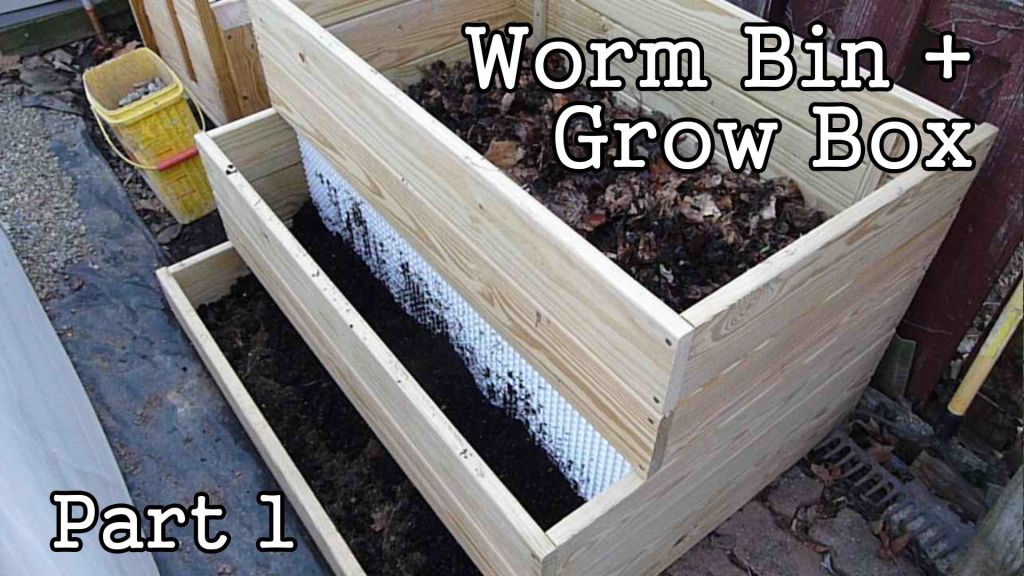DIY Worm Bins: A Sustainable Solution for Rural Living and Homesteading
Living sustainably is becoming increasingly important in today’s world. Whether you’re an urban dweller or a rural homesteader, finding ways to reduce waste and contribute positively to the environment is crucial. One innovative solution gaining popularity among eco-conscious individuals is the DIY worm bin.
What is a worm bin, you may ask? It’s a simple system that allows you to compost kitchen scraps using the power of worms. These little creatures, specifically red wigglers (Eisenia fetida), are nature’s ultimate recyclers. They consume organic waste and convert it into nutrient-rich castings (worm poop) that make excellent fertilizer for your garden.
Building your own worm bin is not only cost-effective but also customizable according to your needs and available space. There are numerous designs out there, but we’ll focus on two popular options: the stackable bin system and the wooden box bin.
The stackable bin system consists of several plastic containers with holes drilled into their bottoms. The bottom-most container collects any excess liquid produced during decomposition, known as “worm tea.” This nutritious liquid can be diluted and used as a natural plant fertilizer. The upper bins house the worms and organic waste layers alternately until they reach capacity.
On the other hand, if you prefer a more rustic approach, constructing a wooden box worm bin might be right up your alley. All you need are some untreated wooden planks or pallets, screws/nails, and mesh wire to prevent pests from invading your worm habitat. Ensure proper ventilation through gaps between boards while avoiding excessive light exposure that can harm the worms.
Once you’ve chosen your preferred design and built your worm bin, it’s time to introduce those hard-working wrigglers! Purchase red wigglers from reputable sources like local garden centers or online suppliers specializing in composting worms.
Now let’s talk maintenance. Worm bins require a balance of moisture, temperature, and food to keep the worms happy and productive. Keep the bedding moist but not waterlogged, as excessive moisture can lead to anaerobic conditions harmful to your worm population. Monitor the temperature range between 55-77°F (13-25°C), as extreme temperatures can stress or kill the worms.
Feeding your worms is simple. They enjoy a varied diet consisting primarily of fruit and vegetable scraps, coffee grounds, tea leaves/bags, eggshells, and shredded paper/cardboard. Avoid meat, dairy products, oily foods, citrus fruits/peels that may harm the worms or attract pests.
Regularly check on your worm bin every few days or weeks depending on its size and capacity. Harvesting castings is an ongoing process that rewards you with nutrient-rich vermicompost for use in potting mixes or garden beds.
DIY worm bins offer both environmental benefits and practicality for rural living and homesteading enthusiasts alike. They significantly reduce household waste while providing valuable organic matter for gardens or small-scale farming endeavors.
So why not give it a try? Building your own DIY worm bin is an opportunity to contribute positively to the environment while creating nutrient-dense soil amendments for healthier plants – all from the comfort of your own backyard!


Leave a comment